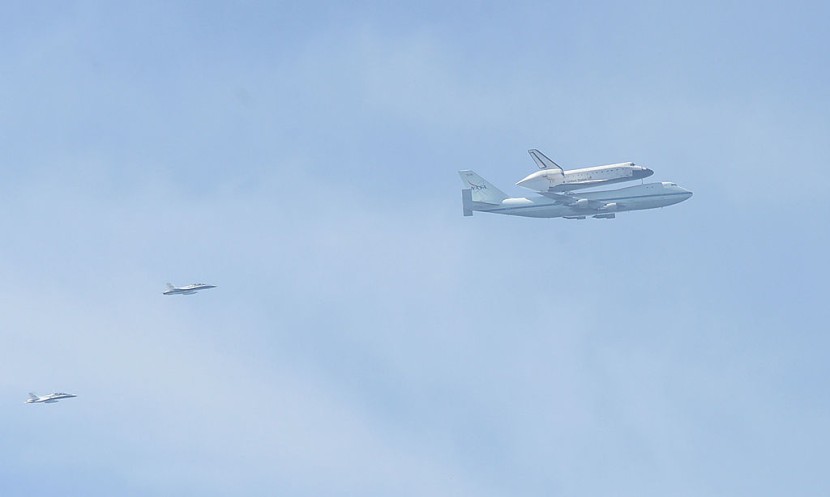The United States military's clandestine X-37B spaceplane embarked on its seventh mission from Florida, marking a historic moment as it rode atop a SpaceX Falcon Heavy rocket for the first time.
This launch, more than two weeks delayed due to technical issues, catapulted the autonomous and reusable mini space shuttle to a higher orbit than ever before.
X-37B's Secret Mission Sparks Speculation

Similar to its preceding missions, the X-37B carried out classified experiments, continuing its legacy as a platform for undisclosed scientific endeavors. With no human presence on board, the spaceplane's launch from NASA's Kennedy Space Center further solidified its unique capabilities in autonomous space operations.
The X-37B, developed by Boeing, bears a resemblance to NASA's retired space shuttles but is a quarter of their size at 29 feet long. Unlike its larger counterparts, the X-37B does not require astronauts for its missions, thanks to its autonomous landing system. The space plane takes off vertically like a rocket and lands horizontally like an airplane, designed to orbit at altitudes ranging from 150 to 500 miles.
Despite the veil of secrecy surrounding the nature and duration of the mission, Space Force officials confirmed the inclusion of a NASA experiment to study radiation's effects on materials. The lack of transparency regarding the X-37B's activities has fueled speculation and fascination within the space community.
This mission took a distinctive turn by hitching a ride on SpaceX's Falcon Heavy, a rocket known for its immense thrust capabilities. Previously, the X-37B relied on the SpaceX Falcon 9 and the Atlas V rocket. The Falcon Heavy's increased thrust suggests the potential for the X-37B to explore more distant orbits, possibly reaching the moon or even Mars, according to industry experts.
The launch generated intrigue about the space plane's destination and purpose, adding to the mystique surrounding its operations. The autonomous nature of the X-37B, coupled with its ability to make multiple maneuvers in space, poses challenges for enthusiasts attempting to track its location, according to NBC News.
Advancing Space Operations and Scientific Research
While SpaceX successfully executed the launch, the spaceplane's mission objectives and its final orbit remain undisclosed. As the X-37B continues to push the boundaries of autonomous spaceflight, it serves as a critical asset for conducting experiments that contribute to enhancing space operations.
The X-37B's role in advancing scientific research was highlighted by Gen. B. Chance Saltzman, Chief of Space Operations, emphasizing its contribution to understanding and improving space operations. One of the experiments on this mission, named Seeds-2, conducted by NASA, aims to explore sustainable methods for future deep-space missions, focusing on the effects of radiation on plant seeds.
As the X-37B enters this new phase of its mission, questions linger about the duration it will spend in orbit. Historical trends suggest each flight has been longer than its predecessor. The spacecraft's return will, as in past missions, involve landing on a runway, distinguishing it from conventional spacecraft that splash down in the ocean.
The delays in the X-37B launch coincided with China's deployment of its own secretive spacecraft, adding a layer of intrigue to the modern space race. China's spacecraft, operating under a shroud of secrecy, was launched aboard a Long March 2F rocket, with its objectives including testing reusable space technology and conducting unspecified science experiments for peaceful space use.
Both the X-37B and China's mysterious spacecraft underscore the evolving landscape of space exploration, where technological advancements and secretive missions continue to capture global attention, CNN News reported.
© 2025 HNGN, All rights reserved. Do not reproduce without permission.








